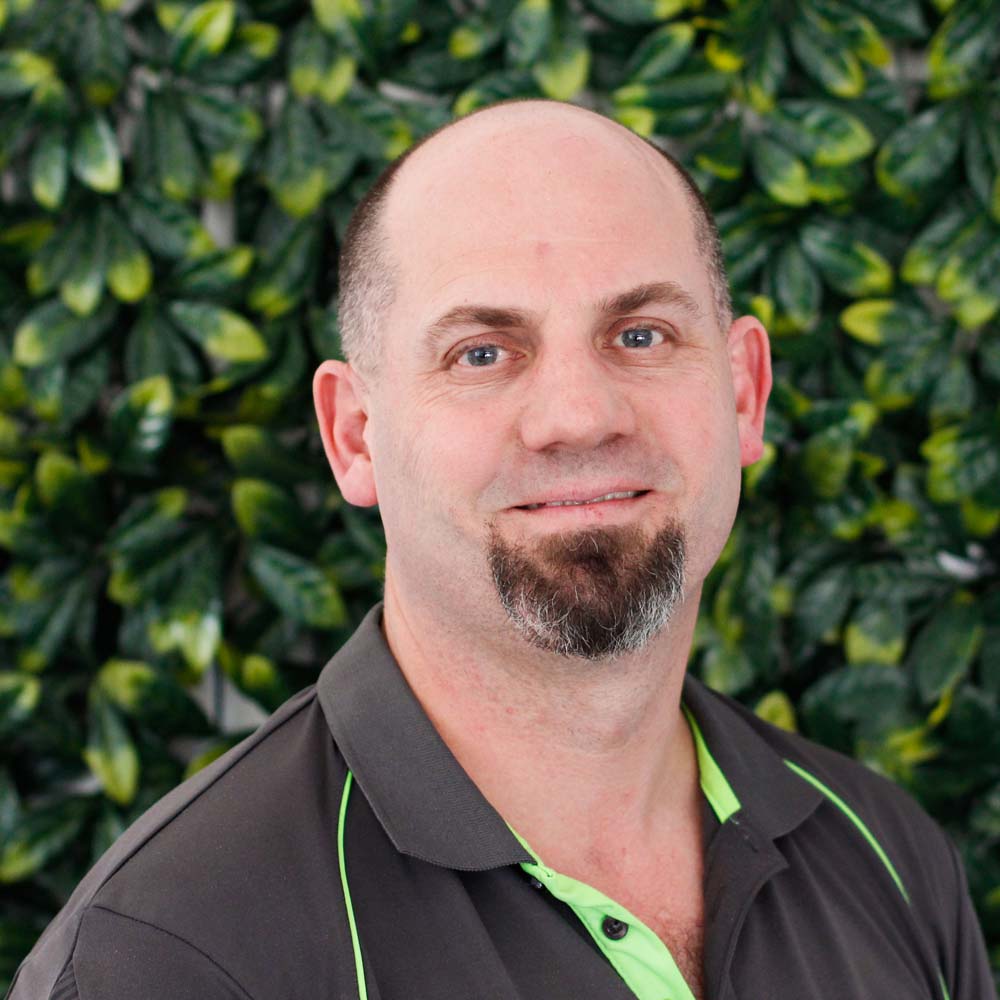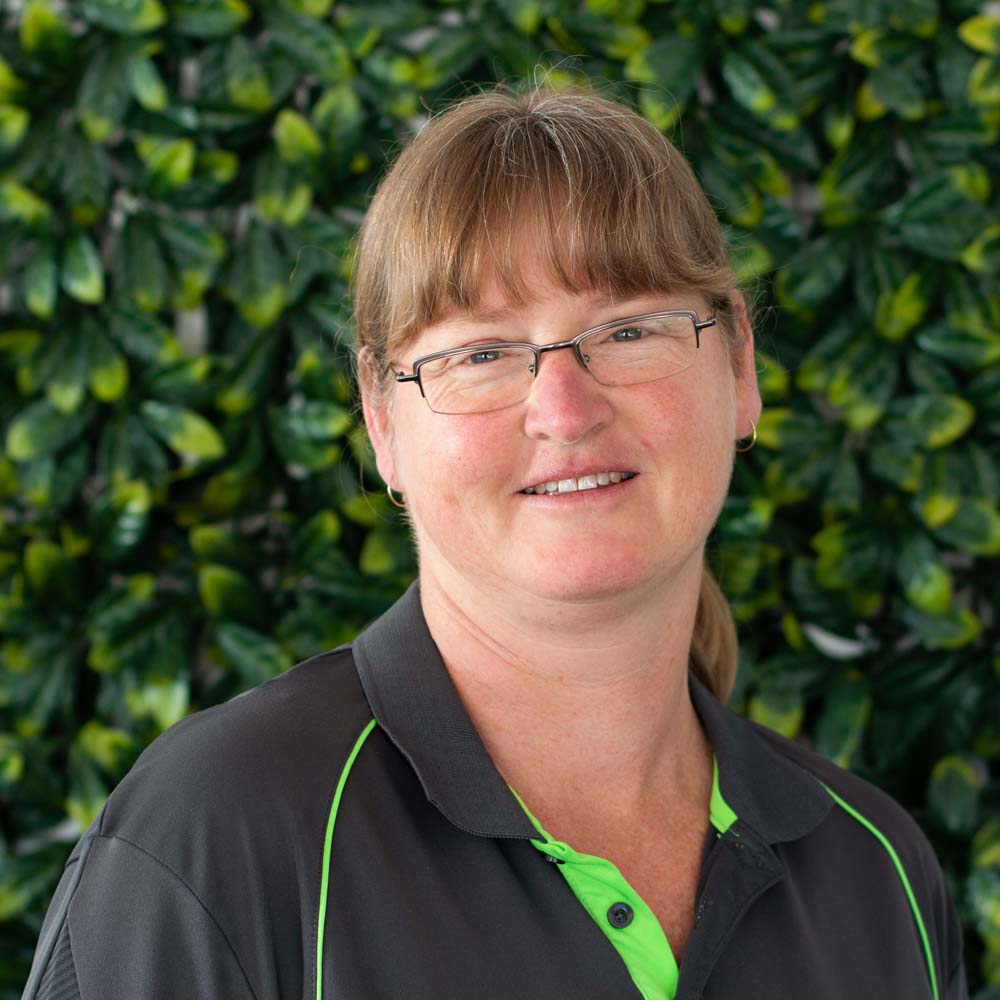Glossary
-
Against the Grain
Used to describe the direction of the grain on paper. Against the grain is at right angles to the grain direction being used, as compared to with the grain.
-
Align
Lining up characters and images on a document using a base or vertical line as a reference point.
-
Amendments/Alterations
Changes made to the copy after it has been set.
-
Anti-Offset Powder
A fine powder that’s sprayed over the printed surface of coated paper as it leaves the press, this prevents set-off.
-
Backing Up
To print the second side of a printed sheet.
-
Bitmap
A digital graphic image formed by tiny squares called pixels. The more pixels in an image, the clearer it appears.
-
Binding
This is the process used to keep your books and booklets together. There are many different methods of binding; the most commonly used are saddle stitch, perfect and burst bound.
-
Black
The colour of maximum darkness. For CMYK printing, you will get the deepest black possible by adding 30 – 50% cyan to 100% black. There is no other combination that produces a better black.
-
Blanket
A rubber coated fabric sheet that’s mounted on a cylinder of an offset press. It receives the inked image from the plate and transfers it to the surface to be printed.
-
Borders
A margin around the edge of artwork. We recommend that all borders are more than 3mm wide on the trim edges.
-
Caliper
The measurement for the thickness of a sheet of paper or board, expressed in microns or millionths of a metre. It’s also the name of the tool used to make the measurement.
-
Celloglaze
This is a plastic film heat bonded to printed products such as booklet covers or business cards. It can be either gloss or matt and can be applied to either both or just one side of an item.
-
Centring
Each file should be placed into a picture box and auto-centred, so the centre of your artwork is the centre of your trim.
-
Chalking
A powdering effect left on the surface of the paper after the printing process is complete. It’s the result of ink not drying properly and due to a fault in printing.
-
Coated
Printing papers that have had a surface coating to give a smoother, more even finish with greater opacity.
-
Cold Lamination (gloss or matt)
Uses pressure sensitive adhesives to bind the film to the material being laminated. This is your best option when you are laminating heat-sensitive work.
-
Collating
The process of arranging your printed and/or other materials into a desired sequence and packing them for dispatch.
-
Colour Mode
Colour mode/space/model must be CMYK (not RGB).
-
Colour Separation
The process of separating a continuous tone colour into the four process colours for print production.
-
Concertina Fold
A method of folding where each fold opens in the opposite direction to its neighbour, giving a concertina or pleated effect.
-
Corflute
A hollow fluted plastic board manufactured from lightweight extruded polypropylene.
-
Corner Marks
Marks printed on a sheet to indicate the trim.
-
Crash Fold
Folding a document more than once, subsequent folds fold over previous folds. For example, an A3 sheet folded to A4 and then crash folded to DL for mailing.
-
Crease
An indent made in paper to make folding easier.
-
Creep
When the middle pages of a folded booklet extend slightly beyond the outside pages.
-
Cyan
The blue colour used in four-colour process printing.
-
CMYK
The abbreviation for cyan, magenta, yellow and black. The colours used in our full-colour printing process.
-
CTP
Computer-to-plate, a process of printing directly from a computer onto the plates used by a printing press, it eliminates the need for a separate film-to-plate exposure system.
-
Debossing
An inverted form of embossing. An image or decoration is recessed into the paper, so it’s lower than the paper surface.
-
Densitometre
An electrical instrument used to measure the density of a printed ink colour.
-
Digital Printing
Printing by a plate-less imaging system. Printed sheets are produced directly from a computer file e.g. PDF, without being transferred onto printing plates. Various stock options are available for digital printing – with a max sheet size of 450(L)x330(H)mm.
-
Digital Proofing
The final hard copy view of your artwork before it hits the press and your final chance to make changes. Digital proofing incurs an extra charge and is not compulsory.
-
Direct Mail, Fulfilment and Mail Merges
Common mail distribution techniques. Our distribution services range from small mail merges and lodgements, through to large print orders to multiple locations across Australia.
-
Dot Gain
The apparent increase in dot size, or tone value, measured on the press sheet compared with the size specified in a digital file or measured on the film separations. The increase is both optical and mechanical and varies with the type of paper and line screen being used. Dot gain is higher with uncoated paper or newsprint.
-
Drilling
The process of drilling holes in printed material.
-
Dummy
A mock-up made to resemble the final printed product using the planned grade, weight and colour of paper.
-
Dust
Small paper particles that accumulate on the blanket of a printing press. These paper particles can cause spots or hickeys on printed material.
-
DPI (dots per inch)
The measurement of resolution for page printers, phototypesetting machines and graphics screens.
-
Embossing
A process which produces images or decorations that are raised above the surface of the paper.
-
Embedded Fonts
A process that allows fonts to be viewed by all computers – even if they don’t have the same font installed. Essential for printing.
-
Encapsulation
Hot reverse and cold front (gloss or matt) – The covering and sealing of your print work.
-
External Bleed
When an illustration or image is extended beyond the edge of the page. CBS Printing requires a 3mm external bleed – anything that touches an edge must be extended a further 3mm past it. This allows for a small amount of movement in the printing process.
-
EPS
Encapsulated Postscript File, a vector-based, computer graphics file format. EPS is the preferred format for many computer illustrations because of its efficient use of memory and colour control.
-
Finishing
Any process that follows printing, including folding, stitching, binding, laminating.
-
Folding
When a printed document requires folding for completion, for example A3 folded to A4 or A4 folded to A5.
-
Four-Colour Process
Printing using four colour separation plates – yellow, magenta, cyan and black. The inks are translucent and can be combined to produce a wide range of colours.
-
FTP
File Transfer Protocol, a method of transferring files from one computer to another over the internet without using email.
-
Gloss Cello
A clear, shiny finish that brings out and emphasises colours. It makes images look brighter, adds definition and radiance.
-
Gluing
A permanent method of fixing multiple items together.
-
Guillotine
A machine used to trim stacks of paper. The guillotine-cutting blade moves between two upright guides and slices paper evenly as it moves down.
-
Gumming
Similar to gluing, however it is not permanent. The gum becomes sticky when wet.
-
GIF
Graphics Interchange Format, a highly compressed file format ideal for simple graphics with limited shading or colour variation. GIF format files of simple images are often smaller than if they were stored in JPEG format, but GIF format doesn’t store photographic images as well as JPEG. GIFs shouldn’t be used for files to be printed on an offset printing press.
-
Green Printing
Green Printing is printing in a way which is environmentally friendly. This involves the use of more natural inks, recycled papers and energy conservation.
-
GSM
Grams per square metre, a standard measure of the weight of paper.
-
Halo Effect
When excess ink piles up around the outside edges of printed material. This causes the centre ink to seem lighter.
-
Hickies
Dust or paper particles sticking to the printing plate or blanket. These appear on the printed sheet as dark spots surrounded by a halo.
-
Holdout
A paper characteristic that prevents the stock from absorbing ink, allowing it to dry on the surface of the paper. A stock with better holdout results in a sharper image.
-
Hot Spot
A printing problem which is caused by a piece of dirt or an air bubble interfering with plate making, leaving a weak area of ink coverage or significant dot gain.
-
Image Area
Any part of the design to be printed, stamped or embossed.
-
Imposition
The arrangement or layout of pages on a printed sheet.
-
Impression
Refers to the number of plates hitting the press sheet.
-
Internal Bleed
CBS Printing requires 3mm of internal bleed or type area. We recommend that you keep your important information at least 3mm in from the trim to allow for a small amount of movement in the printing process.
-
ICC
International Colour Consortium, established by the printing industry to create, promote and encourage the standardisation of colour.
-
ICC Profiles
Standard guidelines for colour management. The profile allows one piece of software or hardware to “know” how another device created its colours and how they should be interpreted or reproduced.
-
Jog
To align sheets of paper into a compact pile before they go to the guillotine for trimming.
-
JPEG
Joint Photographic Experts Group, a file compression format that allows high quality full colour or grey-scale digital images to be stored in relatively small files.
-
Laminate
A thin transparent plastic coating that is bonded to paper or board by heat and pressure. This provides protection, as well as a matt or gloss finish.
-
Laser Printing
A method of printing that uses a laser beam to produce an image on a photosensitive drum.
-
Line Screen
The resolution of a halftone, expressed in lines per inch (lpi). CBS Printing’s line screen ruling for offset print is 175lpi.
-
Lithography
A printing process based on the principle of the natural aversion of water to oil. The printing plate is treated chemically when being made so that the image will accept ink and reject water.
-
Machine Glazed
Uncoated paper with a polished finished on one side only.
-
Machine Varnish
A thin, protective coating applied to a printed sheet to reduce marking or scuffing.
-
Make Ready
All of the work done to set up a job, before beginning a press run.
-
Matt Cello
A non-reflective varnish applied to a printed surface to protect it. A matt cello has a slightly granular look and tends to make colours look more vivid.
-
Numbering
Printing sequential numbers on your printed material, from event tickets to limited edition series. Numbering can be printed in a number of different fonts and in black or red ink.
-
Pantone
The name of an ink colour matching system, created by Pantone Inc of USA.
-
Parallel Fold
A method of folding where two folds are parallel to each other. Two parallel folds produce a six-page sheet.
-
Perfect Binding
A popular binding method, in which all of the sections are glued into a separate cover, with a flat spine. Depending on the number of pages and the weight of the paper some documents may be too slim to be perfect bound and will have to be wire-stitched.
-
Perforation
A line of punched holes that allow a sheet of paper to be torn or folded accurately. You might also hear it called a perf.
-
Pixel
A coloured dot that makes up an image on a computer or television screen.
-
Preflight
In digital prepress this is the test used to used to analyse or evaluate every component needed to produce a high quality print job. The process helps reduce the likelihood of rasterisation problems and the subsequent production delays that they cause.
-
Primary Colours
The three main colours in the printing world from which all other colours are created, cyan, magenta and yellow.
-
Printing Plate
The surface that carries an image to be printed.
-
Proof
A test print that shows how the finished product will look.
-
PDF
Portable Document File, a type of formatting that enables files to be viewed on a variety of computers regardless of the program used to create them. PDF files retain the “look and feel” of the original document.
-
PMS
Pantone Matching System, a standard that creates different ink colours by mixing inks with a minimal amount of base colour. A process guide shows how Pantone spot colours will appear when converted to process colours (CMYK).
-
PPI
Pixels Per Inch, a measurement describing the size of a printed image. The higher the number, the more detailed the image will be.
-
Raster Image
Electronic representation of printable data using a grid of points called pixels. Each pixel contains a defined value about its colour, size and location in the image – this enables us to print, picture perfect.
-
Resolution
The number of pixels in an image. The more pixels, the higher the resolution and the better the picture. For a good quality print result, colour and gray scale raster images (pixel-based/scans) should be 300dpi (maximum 350dpi). Mono raster images (bitmaps) should be 1200 dpi maximum.
-
Roll Fold
A fold that keeps rolling onto itself.
-
RGB
Red, Green, Blue, a model for describing colours that are produce by emitting light rather than absorbing it. They are known as additive colours because when they are added together they create all colours. RGB colours are what you see on your computer screen, these must be converted to CMYK for printing.
-
RIP
Raster Image Processor, a production device used to convert a digital file into a raster image. The raster image is the electronic representation of printable data.
-
Saddle Stitch
A form of binding commonly used by CBS Printing to create books and booklets from 8 to 64 pages. The book or booklet is stapled through the middle fold of its sheets using saddle wire.
-
Scoring
Making a line or a crease in paper or board so that it can be folded cleanly. Scoring is recommended when you require folding on stocks heavier than 150gsm. It minimises cracking of the ink and paper at the edge of the fold.
-
Scumming
A common printing problem that occurs when the non-image areas of the plate take on some ink. This often causes streaks on printed material.
-
Section
A printed sheet that is folded to make multiple pages. Multiple sections are placed together to make up a book. Individual sections are either saddle-stitched or perfect bound together.
-
Set Off
A printing problem that occurs when wet ink from the printed side of the sheet transfers to the back of the sheet above it.
-
Sheet Fed
A printing press that prints single sheets of paper, rather than printing from reels of paper.
-
Slurring
A printing problem caused by paper slipping during the impression stage. It causes smearing of the image.
-
Spot Colour
A colour that’s not produced with our standard four-colour process, the colour is printed using ink made exclusively. It’s used when you require a very specific ink colour.
-
Spot Varnish
Varnish is applied to a particular spot on your printed material – not the whole thing. It creates a shiny effect on just this spot and nowhere else.
-
Stock
The general term for any paper or board that is used as a printed surface.
-
Strike-through
The term used to describe when ink soaks through a printed sheet and shows up on the back of the sheet.
-
Swatch
A sample of colours or paper stocks.
-
Transparency
The ability of an ink or coating to allow light to pass through it. Process colours are transparent to allow them to blend and create other colours.
-
Trapping
A process used in prepress to create an overlap between colours to allow for slight errors in the printing process. All vector elements are automatically trapped in our RIP process, and raster files are not affected.
-
Trim
Cutting the printed product down to the correct size.
-
Trim Marks
The guide marks on the printed sheet that indicate where you want to cut/trim the printed sheet.
-
TIFF
Tagged Image File Format, a bitmapped file format used for the reproduction of digitally scanned images such as photographs, illustrations and logos.
-
Vector Graphics
These are images created using mathematical statements that define geometric shapes. You can move, resize, and change the colour of vector graphics without losing quality. Unlike bitmaps, vector graphics are not dependent on resolution so you can scale them to any size without losing detail or clarity.
-
Viscosity
The properties of tack and flow in printing inks..
-
Web Printing
A web-printing machine accepts that substrate in a large roll (the web), either in lithographic, flexographic, or gravure processes. These are very fast presses and are the most economic for long run and high volume work.
-
Wet Trap
When varnish or ink is printed over wet ink. The application is said to be a ‘wet trap’.
-
WYSIWYG
What-you-see-is-what-you-get (pronounced “wizzywig”). Refers to systems that allow you to preview your print work on screen, the printed page will look the same as the preview.


















